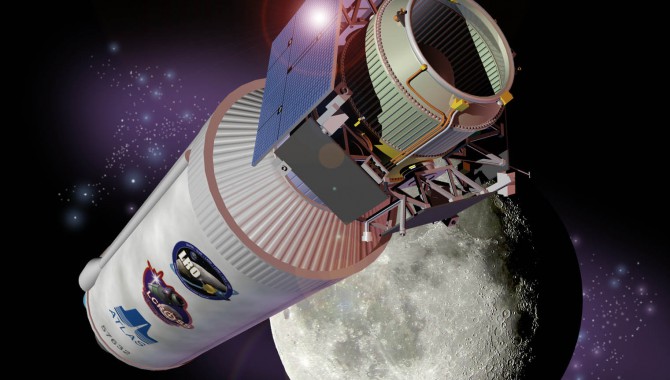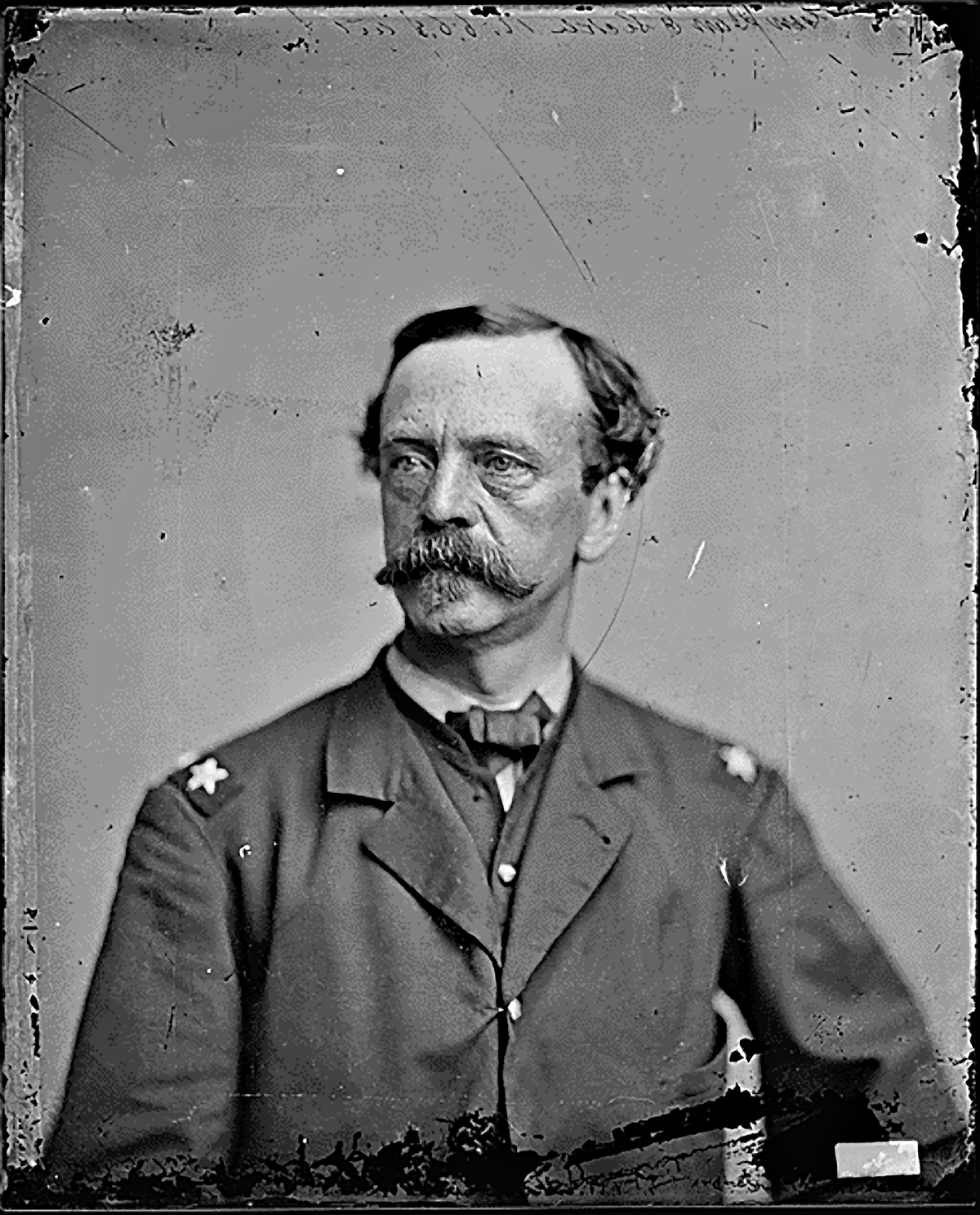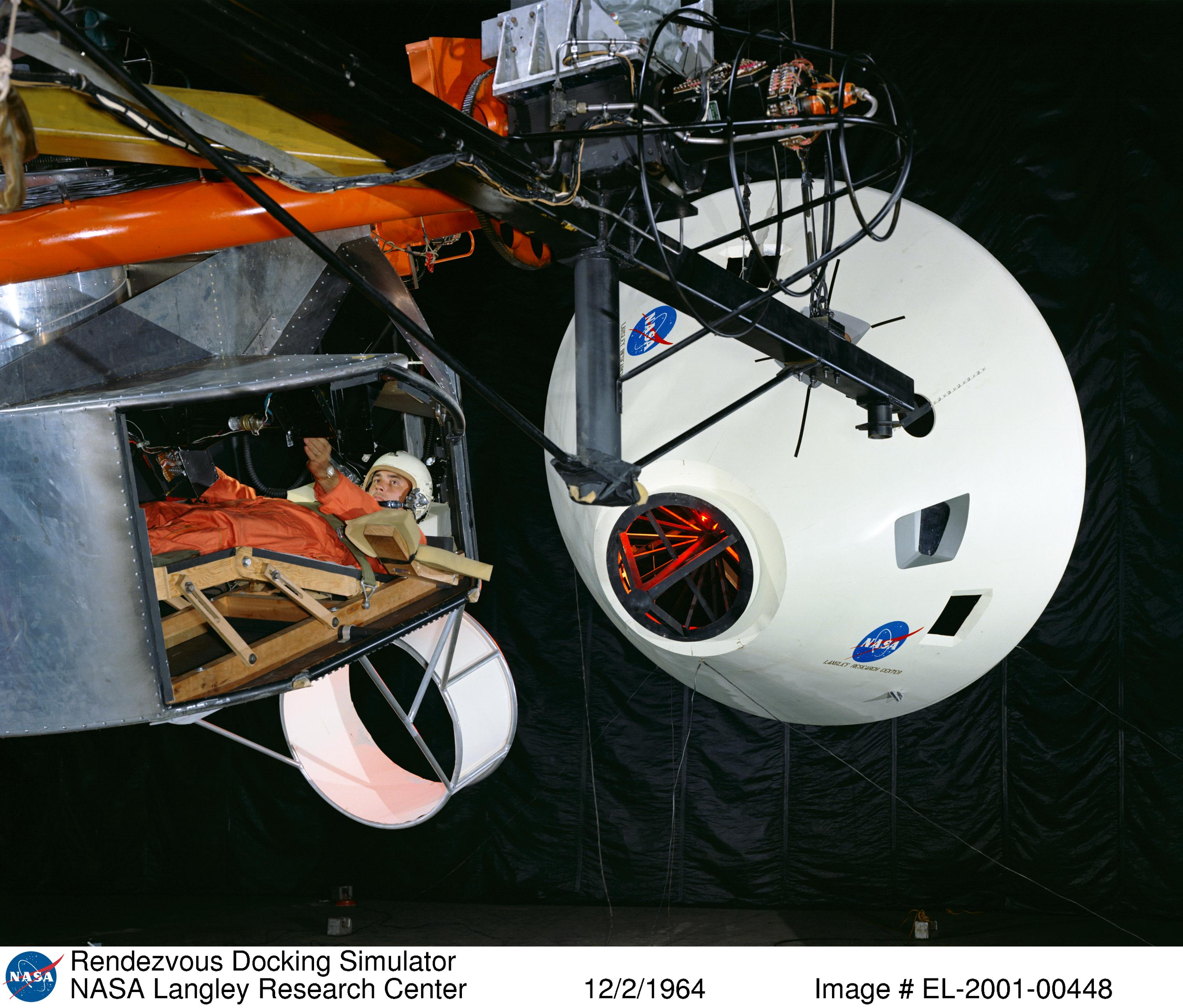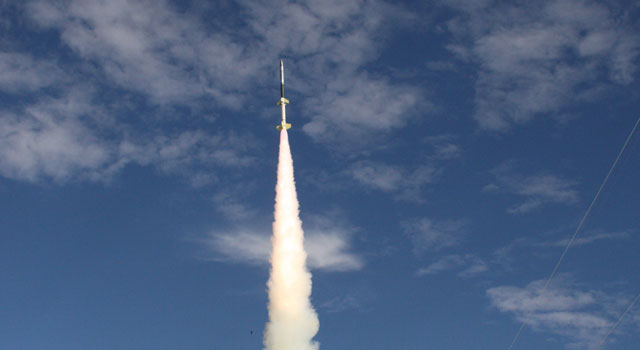
NASA in the News
NASA’s Lunar Crater Observation and Sensing Satellite, or LCROSS, created twin impacts on the moon’s surface in a search for water ice. The satellite launched as a companion mission to the Lunar Reconnaissance Orbiter and traveled 5.6 million miles before reaching the Cabeus crater, a permanently shadowed region near the moon’s south pole, where it hit the lunar surface and created an impact that instruments aboard LCROSS observed for approximately four minutes. “I am very proud of the success of this LCROSS mission team,” said Daniel Andrews, LCROSS project manager at Ames Research Center. “Whenever this team would hit a roadblock, it conceived a clever workaround allowing us to push forward with a successful mission.” Other observatories captured both impacts, and their data will be shared with the LCROSS science team for analysis. The team expects several weeks of analysis will be needed to make a definitive assessment of the presence or absence of water ice. For more information about the LCROSS mission, including images and video, visit www.nasa.gov/lcross.
Reminder: PM Challenge 2010
The NASA PM Challenge is the agency’s annual forum for NASA stakeholders to learn about and discuss current trends in program/project management and related disciplines by sharing their knowledge, lessons learned, and new ideas that enhance mission success. PM Challenge 2010 will be held February 9–10, 2010, in Galveston, Texas. Registration is open October 26, 2009, through January 8, 2010. For more information, and to register, visit pmchallenge.gsfc.nasa.gov.
Web of Knowledge
NASA has selected 1,732 high school students from 48 states, the District of Columbia, and Puerto Rico to participate in its Interdisciplinary National Science Program Incorporating Research Experience (INSPIRE). The project is part of NASA’s efforts to engage students in disciplines critical to the agency’s missions, such as science, engineering, and mathematics. The selectees will participate in an online community where they can interact with their peers and NASA engineers and scientists. The students will also be able to compete for workshops and internships at NASA facilities and participating universities. To learn more about the program, visitwww.nasa.gov/education/INSPIRE.
For More on Our Stories
Additional information pertaining to articles featured in this issue can be found by visiting the following Web sites:
NASA’s DC-8 Helps Capture ESA ATV-1 Reentry
a1862.g.akamai.net/7/1862/14448/v1/esa.download.akamai.com/13452/flash_stream/ATV_Reentry.swf
Magnetospheric Multiscale Mission
stp.gsfc.nasa.gov/missions/mms/mms.htm
Max Launch Abort System
https://www.nasa.gov/centers-and-facilities/wallops/wallops-missions-programs-and-projects/
Feedback
We welcome your comments on what you’ve read in this issue of ASK and your suggestions for articles you would like to see in future issues. Share your thoughts with us here.








